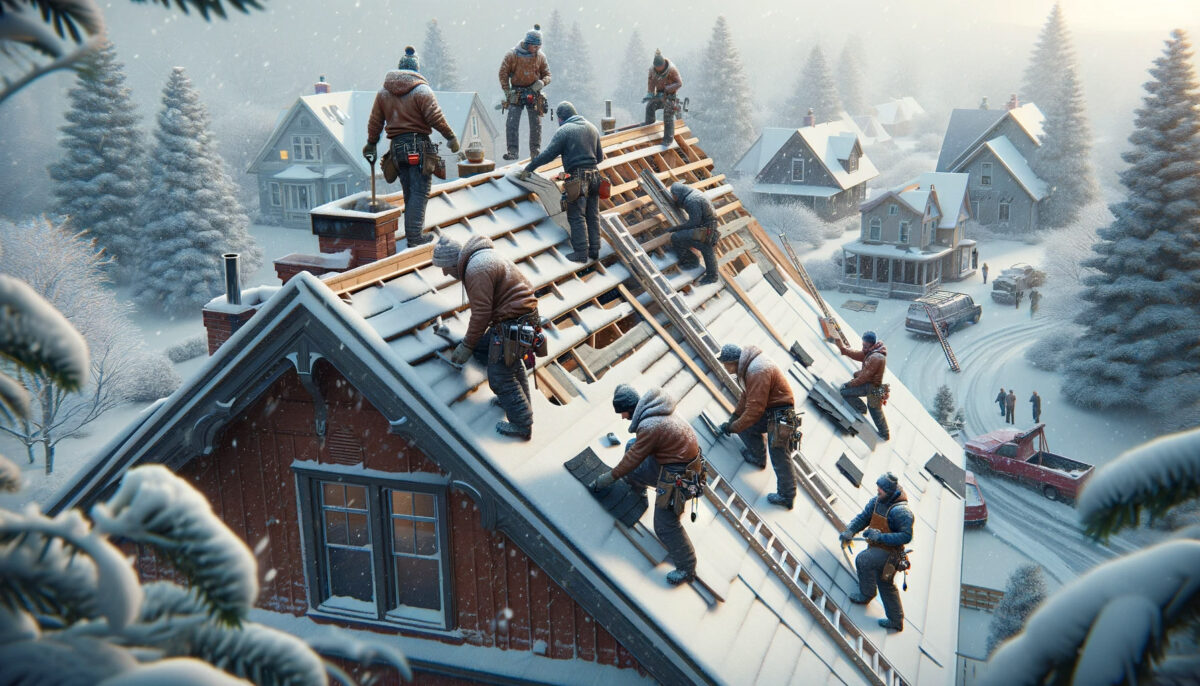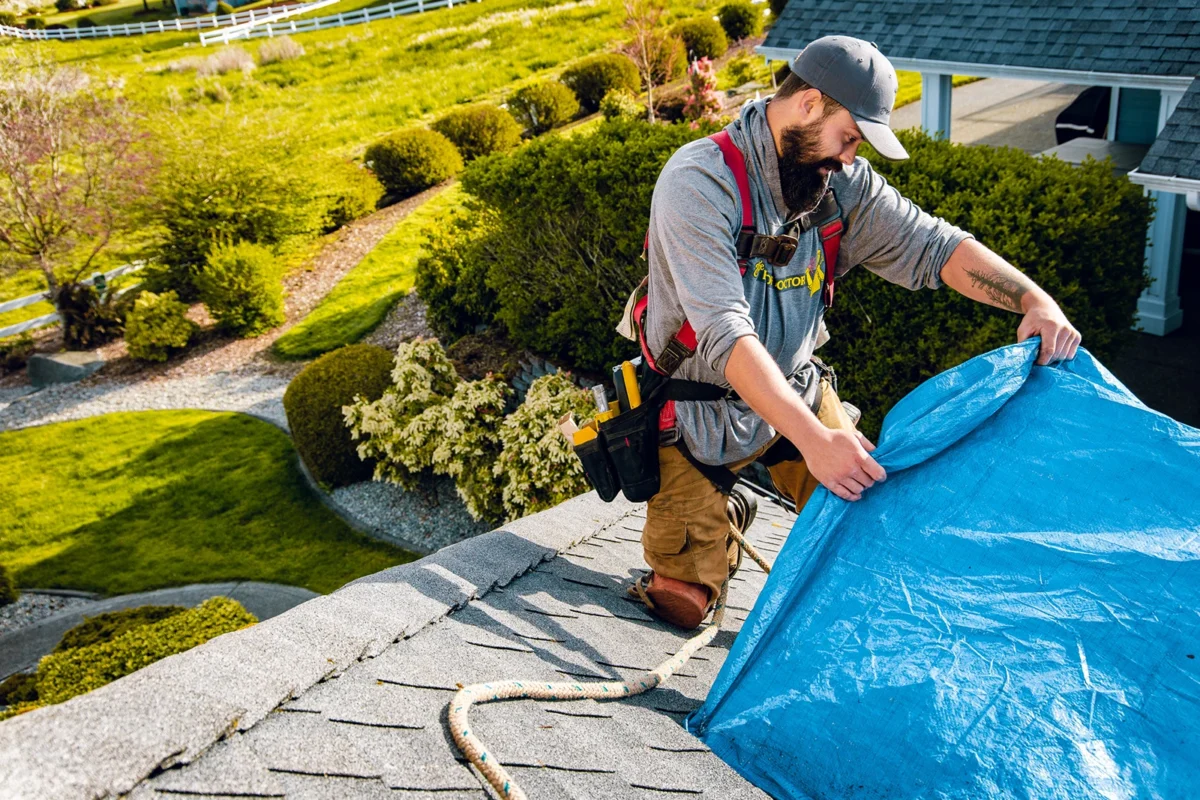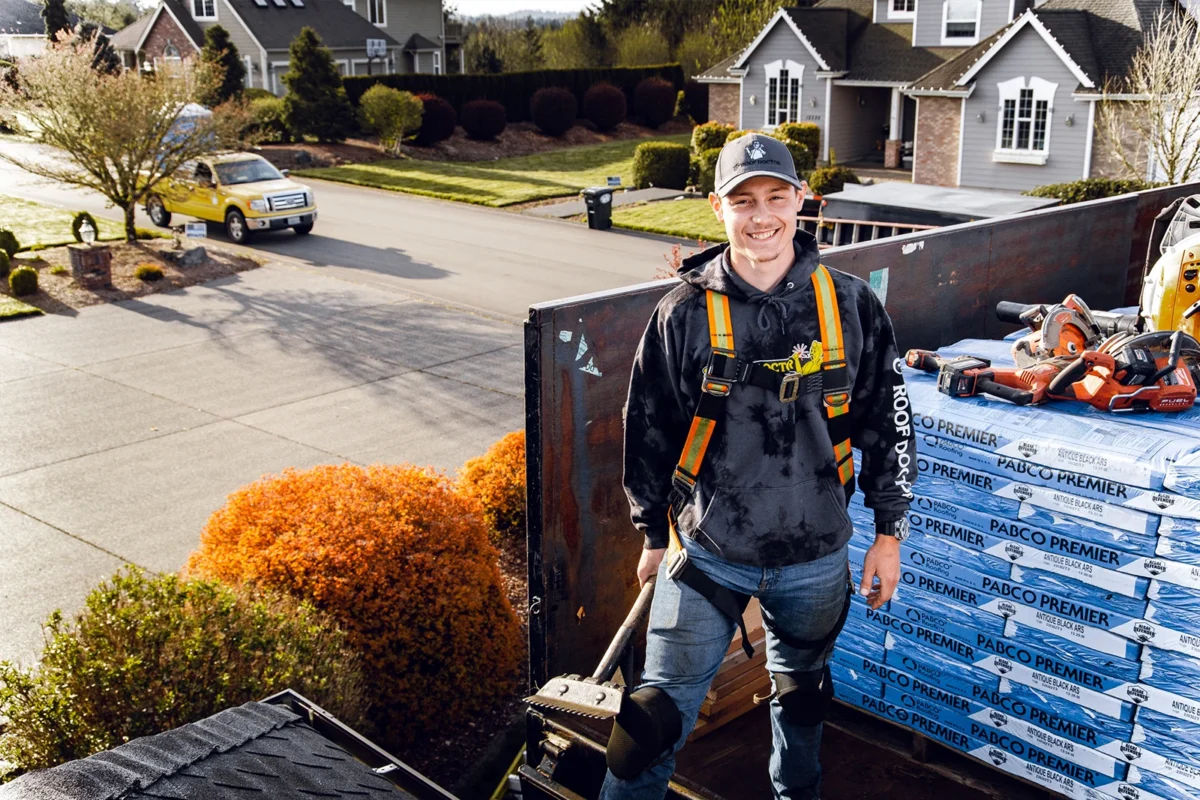Roofing Safety: Best Practices for DIY Maintenance
Learn how to safely and successfully manage your DIY roofing projects with essential tips on proper safety gear, weather considerations, and when to call in the professionals. Read on for the guidance you need to tackle roof maintenance with confidence as a homeowner.







